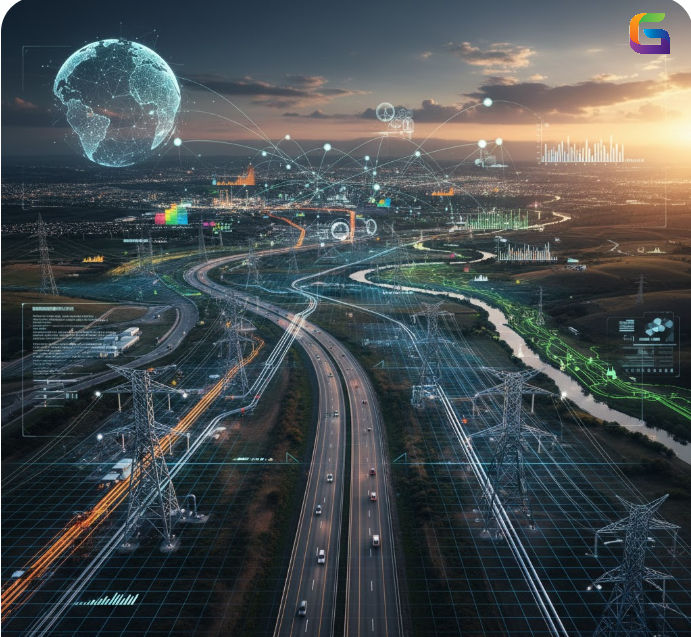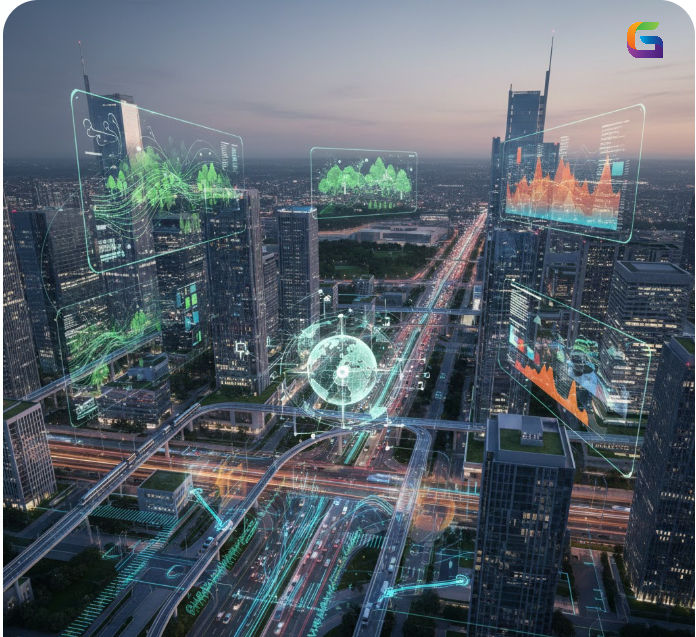Imagery Explained: Understanding Resolution vs Accuracy in Detail
- Anvita Shrivastava

- May 1
- 2 min read
Updated: May 2
In the world of digital imagery, two terms are often used interchangeably but have very different meanings: resolution and accuracy. Whether you're working with satellite images, aerial imagery, or drone imagery, understanding the distinction between these concepts is crucial for making informed decisions and interpreting data correctly.

What Is Resolution in Imagery?
Resolution refers to the detail an image holds. It is typically measured in terms of spatial resolution, which describes the size of the smallest object that can be detected in an image.
High resolution means more detail. For example, a satellite image with a resolution of 30 centimetres per pixel can detect much smaller features than one with a resolution of 10 meters per pixel.
Low-resolution images are more pixelated and show less detail, which might be sufficient for broad analysis but inadequate for fine-scale tasks.
In general, drone imagery has a higher resolution than both aerial and satellite imagery.
Types of Resolution in Imagery:
Spatial Resolution: Size of the pixel on the ground.
Spectral Resolution: Number of spectral bands captured.
Temporal Resolution: How frequently imagery is captured.
Radiometric Resolution: Sensitivity to differences in signal strength.
What Is Accuracy in Imagery?
Accuracy refers to how close the data in the image is to the real-world location or value it represents.
Positional accuracy indicates whether a feature on the image (like a road or building) is shown in the correct geographic location.
Attribute accuracy measures whether the information (e.g., classification of land use) is correctly represented.
An image can be high in resolution but low in accuracy if, for instance, it shows fine details in the wrong locations.
Types of Accuracy:
Geometric Accuracy: Alignment with real-world coordinates.
Thematic Accuracy: Correctness of the classification or labelling of objects.
Absolute vs Relative Accuracy: Absolute relates to real-world positions; relative relates to consistency between image elements.
Resolution vs Accuracy: What’s the Difference?
Feature | Resolution | Accuracy |
Definition | Level of image detail | Closeness to real-world values |
Unit | Pixel size (e.g., meters/pixel) | Meters of deviation or classification% % |
Example | 10m resolution satellite image | ±5 meters positional accuracy |
Analogy | Sharpness of a photo | Whether the photo is aligned properly |
Why Both Resolution and Accuracy Matter
Understanding both resolution and accuracy is critical for:
GIS analysts are validating geospatial data.
Remote sensing professionals are interpreting satellite imagery.
Developers and city planners are making decisions based on mapped data.
Using the wrong resolution or ignoring accuracy can lead to flawed analysis, poor planning, or costly mistakes.
While resolution determines the level of detail, accuracy tells you how correct that detail is in terms of real-world representation. Both are essential metrics in the imagery and geospatial industries.
By understanding the difference between resolution and accuracy, you can choose the right imagery for your project and make data-driven decisions with confidence.
If you're interested in our satellite imagery and would like to discuss its application in your workflow, please feel free to contact us.
Email: info@geowgs84.com
USA (HQ): (720) 702–4849
India: 98260-76466 - Pradeep Shrivastava
Canada: (519) 590 9999
Mexico: 55 5941 3755
UK & Spain: +44 12358 56710




Comments